Let’s do it right the first time
A brief look at the recording of sources.
This article has previously been published on this blog.
I’m a bit mad at myself right now, but actually, I shouldn’t be as I didn’t know better at the time I made my mistakes.
About 25 years ago I started to record my own ancestry. Over the years I have recorded a large database of my ancestors and also of people who lived in my home municipality of Vestnes. In between helping others with their genealogy, I have tried to put in some time doing my own family search.
The first years I was searching I used a lot of “Bygdebøker” (Farm and family history books) and I didn’t always record the proper source for the information I found. Also, I see that in later years when I knew better I sometimes have forgotten to add the source. As I learned more about genealogy, I realized that this was not a very good idea. I am thinking of putting, at least parts of, my database online, so I am now going through it trying to add source citations were they are missing.
Why do we need source citations?
It’s important to cite sources we used in our research for several reasons: To show our reader we have done proper research by listing sources we used to get our information.
We all make mistakes, so if someone questions our findings, we need to know the source to be able to discuss the problem
Genealogical Proof Standard
There are five elements to the Genealogical Proof Standard:
- Reasonably exhaustive research has been conducted.
- Each statement of fact has a complete and accurate source citation.
- The evidence is reliable and has been skillfully correlated and interpreted.
- Any contradictory evidence has been resolved.
- The conclusion has been soundly reasoned and coherently written.
When we are writing down our sources as we research, we need to be sure to include the following information(Ancestral findings.com):
- The name of the record source
- The page number and publication date (if a book)
- The volume, catalog, or other identification numbers (if not a book)
- The location where the source was found
- The date the source was found
- What type of source it was (good if we’re citing a physical object as a source, like a headstone or family heirloom)
- Who the source belongs to (if it is in the hands of a private owner and not a public repository)
I must admit that I have only recently started to record the date the source was found. I do this on sources found in the Digital Archives as I also include a link to the source.
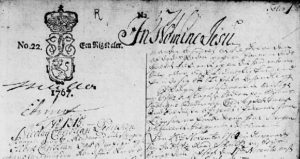
There are different kinds of sources
From (Seton Hall University website):
A primary source is a first-hand or contemporary account of an event or topic. They are the most direct evidence of a time or event because they were created by people or things that were there at the time or event. These sources have not been modified by interpretation and offer original thought or new information. Primary sources are original materials, regardless of format.
Secondary sources usually use primary sources and offer an interpretation, analysis, or commentary. These resources often present primary source information with the addition of hindsight or historical perspective. Common examples include criticisms, histories, and magazine, journal, or newspaper articles written after the fact. In relation to Norwegian genealogy, a bygdebok is considered a secondary source.
A church record is usually a primary source for parts of the information found there. If a baptism record tells the age, birth and/or wedding year of the parents, this part of the information is a secondary source.
Evaluating sources
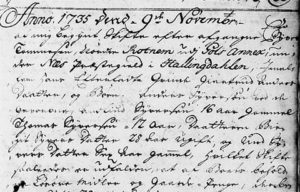 Who wrote the source?
Who wrote the source?
For our most important sources, the church books, it was normally the minister who performed the action recorded. In some periods we have church copy books (Klokkerbok). This was recorded by the assistant to the minister (Klokker). He was normally living in the local parish and knew the congregation personally, while the minister served several localparishes within his parish and didn’t have the same local knowledge. The “klokker” would normally be present at the actions recorded. When there are discrepancies between the official parish register and the copy, I tend to trust the copy as the Klokker had the most local knowledge.
Censuses were recorded by hundreds of people all over the country. Even the best instructions may be (and was) misunderstood resulting in records of inferior quality.
What is the purpose of the source?
For most sources like church records and censuses, the purpose is fairly obvious. Other records can be different. A landowner seeking compensation for damage to his property is likely to evaluate the land higher than the person/institution who is going to pay the compensation.
Closeness in time?
How soon after the event took place was the information recorded? Again, looking at church records, many of them were recorded right after the event took place. In rural districts though, the minister often had to travel both by land and sea. He often resorted to taking notes on loose sheets of paper and copied these into the church book when he was back at the rectory (Thorvaldsen 1996:84).
The logic of the source
Does the information in the source make sense? Based on the age was it likely that Anne was the mother of Nils? Is it likely that Hans Jonsen born 1780 in Stjørdal, Trøndelag is the same Hans Jonsen we find in the 1801 census for Sandnes, Rogland 360 miles to the south? It could be, but most likely not.
Corroboration
Does the information found in the source corroborate information found in other sources? A challenge here is to consider the census records as many of them recorded the birthyear a little bit off.
The overall impression of the source
How is the record kept? Is it neatly written and formatted or is it a complete mess? This may or may not have something to say about the accuracy of the information found. Have you used the source before? How has the information found there held up when incorporated into your research?
This was a brief introduction to sources. In an upcoming article, I will write about how I record sources.
Sources
Gunnar Thorvaldsen. Håndbok i registrering og bruk av historiske persondata, Oslo: Tano Aschehoug, 1996
Why Citing Sources is Crucial in Genealogy and How to Do it Right, Ancestral findings.com Website accessed Jan 29 2020
Seton Hall University, University Libraries Website accessed Jan 29. 2020
Genealogical Proof Standard FamilySearch Research Wiki. Website accessed Jan 27. 2020

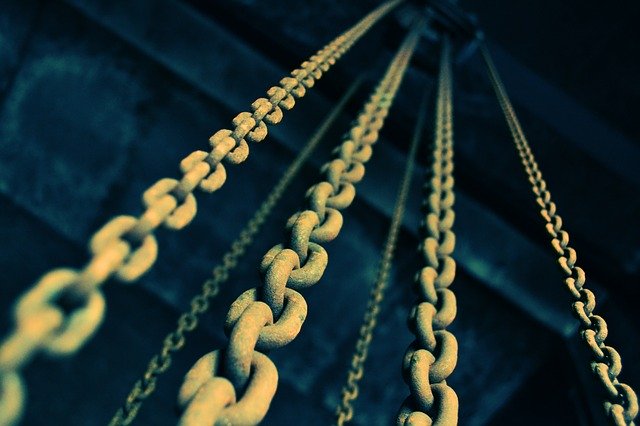

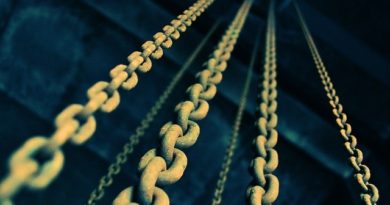
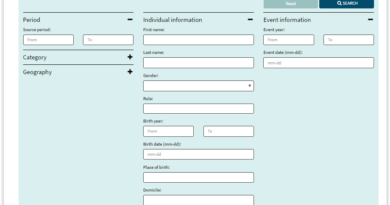
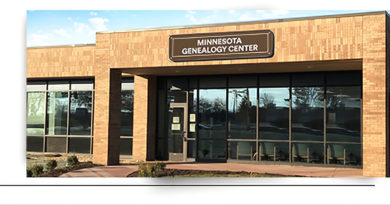
Excellent! Thanks for the refresher.
I have noticed differences in the church book and its copy but did not know that perhaps the klokker had more intimate knowledge of the families. Good to know, thankyou!
You’re so right, Martin. Been there and done that many times myself. We just get so excited and on a roll with research that we’re sure we’ll come back and document. And we seldom do!